-
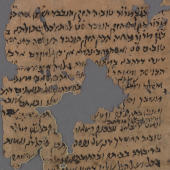
'she has the status of two trustworthy witnesses and no oath, grave or light may be imposed on her'
-
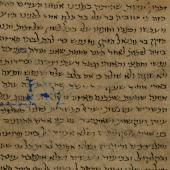
'I will not enter the house of anyone who clings to licentiousness, corruption or immoral acts.'
-
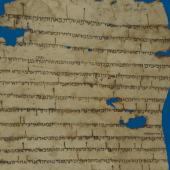
'he agreed not to force his wife to sit in the light of the Sabbath, nor eat the fat tail, nor profane her own festivals'
-
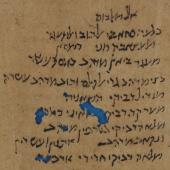
'cloud-coloured festive attire, consisting of a robe, a wimple, and a greyish headband'
-
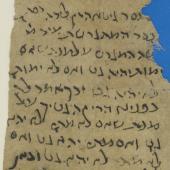
'should he die it will go into effect as a valid bill of divorce'
The Business of Marriage
Discarded History
Jewish marriage is symbolised by the ketubba, the marriage deed. Often this was the largest, most magnificent document a couple would own. In Judaism there are several other stages to marriage: engagement, betrothal and the wedding itself. All were marked with written deeds, hundreds of which are preserved in the Genizah. These are rich sources of social history, shining a light on the lives of ordinary people.
Prenuptial agreements aimed to ensure a cordial married life by solving problems in advance: no living with the in-laws, no buying a slave girl and no wild partying! Hundreds of trousseau lists survive, valuing in minute detail all the clothes, jewellery, bed linen and other property – including slaves – that women brought into a marriage. Such lists provided security in case of divorce or widowhood, ensuring that the woman would be no worse off financially than when she entered the marriage.